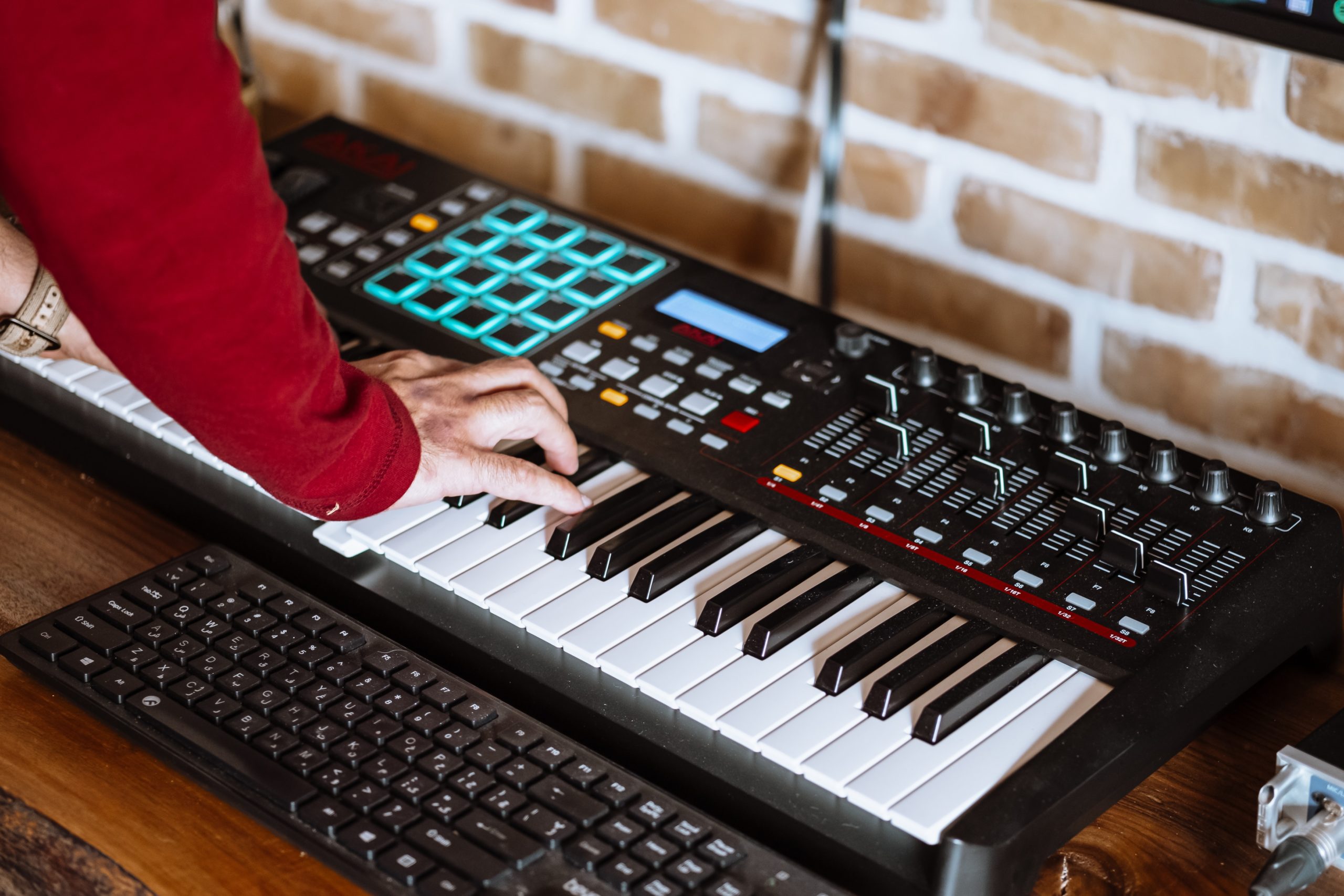
A growing number of budding music artists, photographers and videographers are deciding to set up their own home music, streaming or photography studios. Because why not? For the cost of renting a professional space a few times, you could invest in your own studio that you can use anytime you’re feeling inspired. You can record music, a podcast or YouTube channel videos. Or, you can shoot still photos, all conveniently in your own space. This is the perfect setup for many YouTube stars, and it won’t cost a fortune if you set it up carefully.
We have some helpful advice about how to choose a room and convert it into the home music studio of your dreams (within your budget) and a superb outlet for your creativity.
First, you’ll need to decide which room in your house will make the best home music studio location.
These are some important factors:
– Size and dimensions of the room,
– Its surfaces (such as walls, ceiling and flooring)
– The ceiling height, and noise levels inside and outside the room.
An ideal recording studio is large and provides plenty of room for musicians, instruments, recording equipment and other gear.
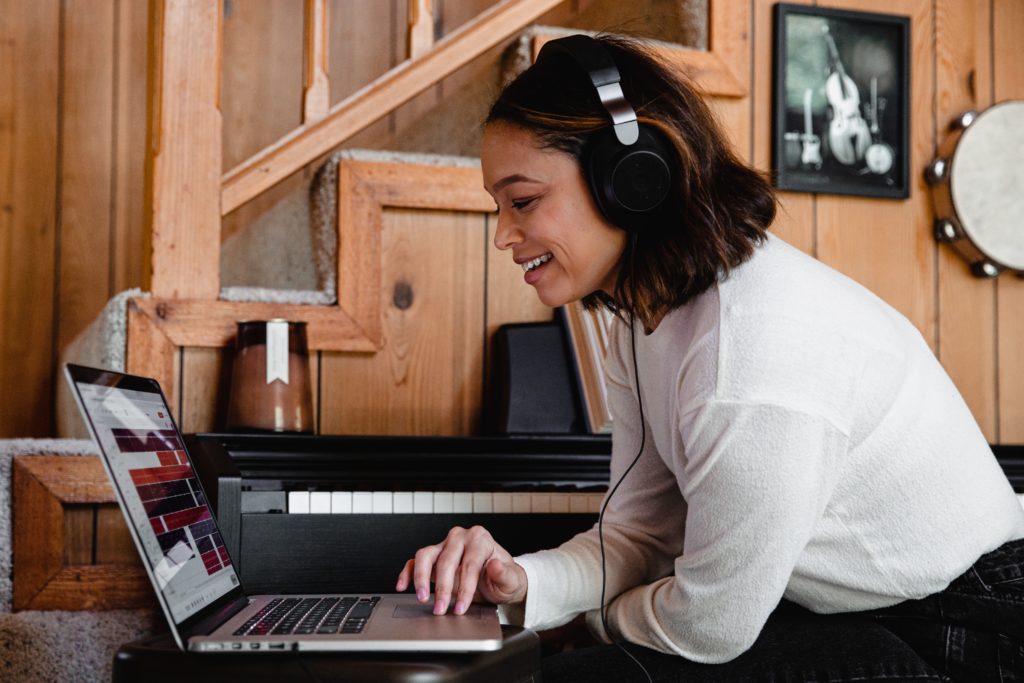
Along with size, consider a room that’s quiet—the quieter the better. Go inside each room and listen for outside noises that could show up uninvited, in your recordings. Barking dogs, children playing, a TV in the room next door?
You don’t want a square room or a concrete floor, and you don’t want very low ceilings or drywall walls that are parallel. Floor-to-ceiling windows or large mirrors also are no-nos in a home recording studio.
You can always add more sound-absorbing materials to hard walls and low ceilings.
Wood floors are a good choice for a recording studio room because carpeting can result in muffled recorded sounds.
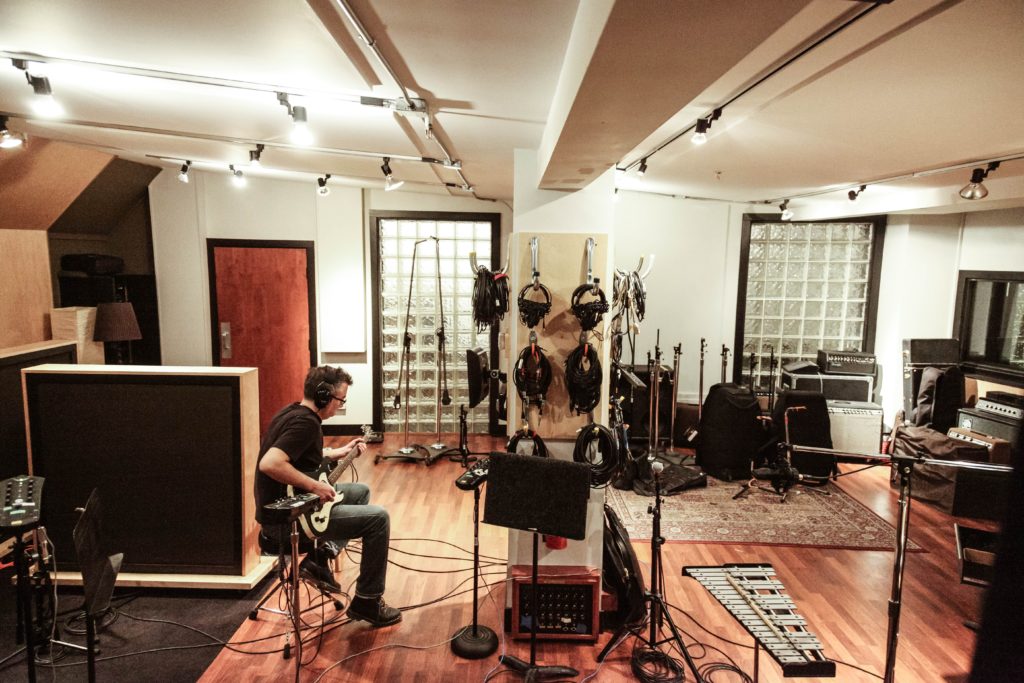
And if you are planning on streaming your own content, you might want to ensure your room is equipped with good internet connectivity! You can also find a lot of great resources for content creators here.
There are some must-haves for your home music studio.
These include:
– A good computer to record, mix and store music,
– Along with music-mixing software,
– An audio interface,
– A microphone with a pop filter,
– A microphone stand and cable,
– Headphones or monitor speakers
You’ll also want a desk, monitor speaker stands and a comfortable recording chair.
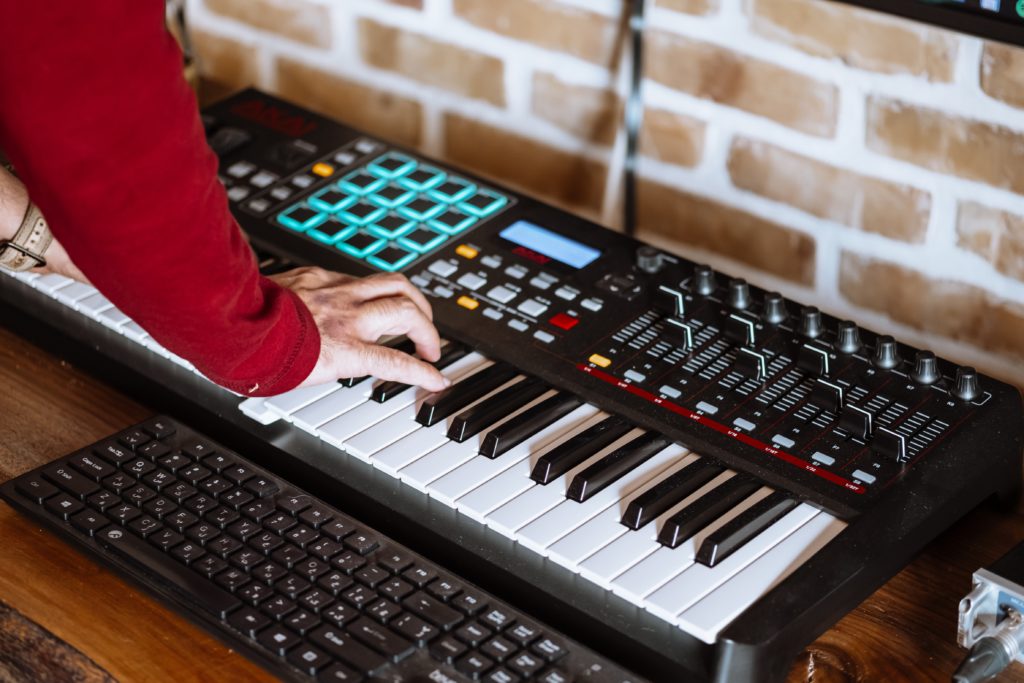
The USB audio interface lets you connect your headphones, microphone and headphones to your computer. The more interface connections it contains, the more versatility you’ll have when recording.
You can start with a moderately-priced interface and then upgrade as needed. Keep in mind that you’ll need more channels for projects involving drums or a number of vocals at one time.
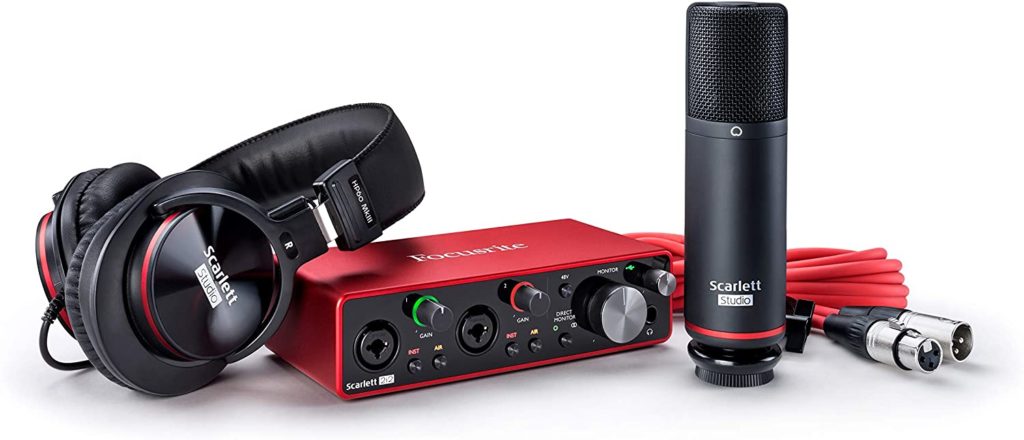
When choosing a microphone, buy a mid-range one with a large diaphragm condenser that’s good for vocals and acoustics like acoustic guitars. Don’t forget a microphone pop filter to minimize the “pop” sound that people make when singing or speaking sounds like “t” and “p”.
You’ll need one microphone stand per microphone. Invest in one that telescopes and adjusts well so you can place it at the perfect level for your voice, whether you’re standing or seated, and for any instruments.
When purchasing headphones, remember that there are a couple of types: open-back headphones (for mixing) and closed-back headphones (for monitoring while you’re recording and mixing at times).
Acoustic treatments help make your space as “neutral” as possible, absorbing or soaking in the reverberation in your room when you’re recording and mixing.
There are three kinds of acoustic treatments: panels, diffusers and bass traps. Panels absorb sound energy, diffusers scatter and spread sound waves around the room, and bass traps trap lower-frequency sounds.
Acoustic treatments or soundproofing, help your music sound more like your music and not like something recorded in your bedroom. There are numerous options for acoustic treatments in many budget ranges. You might consider foam panels because of their lower cost, but keep in mind they only absorb high-frequency sounds.
Because house rooms typically aren’t designed to become an audio production studio, you’ll need to do some trial and error before you get the acoustic renovations right. Take out all the furnishings, including any pictures or posters, mirrors and furnishings that could vibrate and then analyze the empty room by walking around and making lots of noise.
Listen, and gauge how much sound diffusion or absorption you already have and how much you may need.
You can buy entire music studio acoustic treatment kits. However, to save money, you may want to make your own fibreglass panels. To make the panels more efficient, don’t forget to include an air gap between the panels and your walls.
If you’re on a very strict budget, instead of buying or making panels, you can absorb high-frequency sounds with objects around the house, including thick quilts or duvets, thick drapes or even mattresses.
Don’t forget to add bass traps to room corners to help absorb lower-frequency acoustical energy. Bass traps help solve the “muddy” sound in your mixes so you hear the bass sound better.
Believe it or not, where you put the furniture in your new music recording studio is important. Comfort and accessibility are important.
Do you have enough room to sit and play a guitar, bass, or drums, and also to stand up or sit down at the microphone when recording?
Does the space let you easily move from one spot to another? Is there room for others so you can collaborate or record a band?
Do you have room to mix your music after recording?
To help sound quality, remove from the room anything that can vibrate, including wall decorations or objects on your desk. Keep furnishings to a minimum.
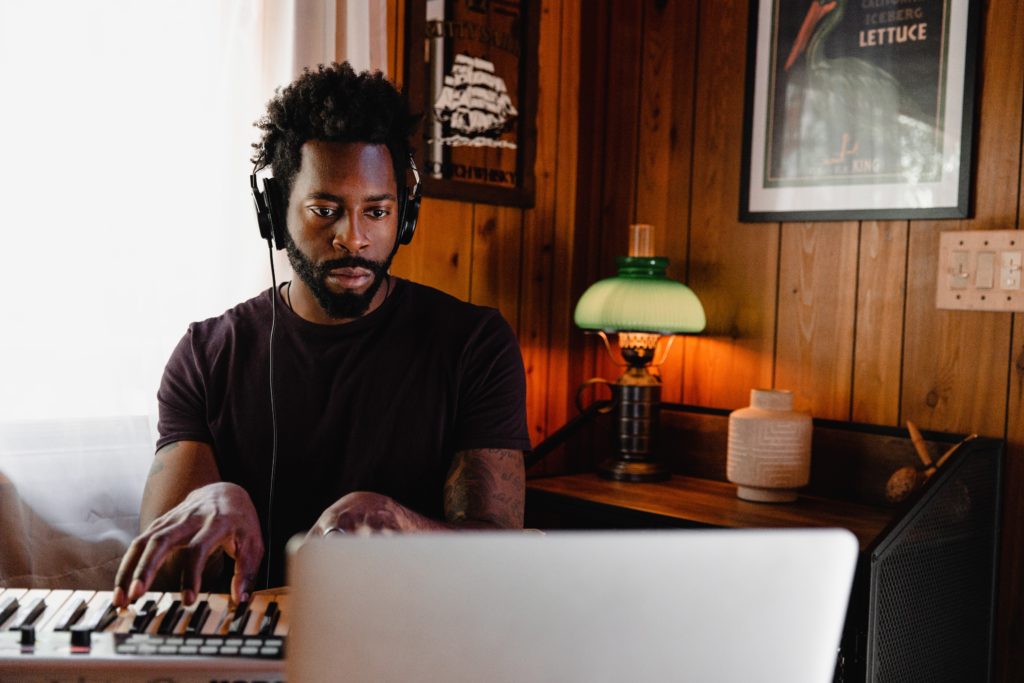
Position your monitors ideally at ear level, on either side of your computer, and carefully read the instructions that come with your monitor speakers. The placement of your monitors is extremely important and can make a big difference in how you hear the sound.
Soundbrenner Contributor
Carlos Trejo is a diverse author with experience in home-related topics and a passion for technology. He loves everything from music to gardening and is not afraid to show it. You can find more of his work on Porch.com